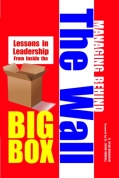 Recently, I published my first book, Managing Behind the Wall: Lessons in Leadership from Inside the Big Box. It’s a book that talks about some of the lessons I learned inside big box retail as I spent nearly five years on the front line of the largest retailer in the world.
Recently, I published my first book, Managing Behind the Wall: Lessons in Leadership from Inside the Big Box. It’s a book that talks about some of the lessons I learned inside big box retail as I spent nearly five years on the front line of the largest retailer in the world.
I chose to self-publish because I wanted my voice to be able to get out sooner rather than later. Traditional publishing is nice and I would jump for the opportunity, but not wait for it. Usually, unless you’re famous, already rich, connected, or already established, a publishing deal is not going to fall in your lap. But, as a self-publisher I don’t focus on that; I focus on the work.
So here’s my brief interview about my journey in self-publishing.
1. How did you come to self-publish? Did you try to get published traditionally?
I had always wanted to write, but didn’t know anything about the business. It was a little intimidating. Beyond the self-doubt of the work, there are the unknowns of getting published. One of my friends mentors had self-published his first two books and I arranged a lunch to talk about the prospects of my writing.
2. What self-publishing service did you use? Happy with the service?
I used CreateSpace.com. I’m very happy with the service. It’s quick and easy. Templates are available for the inner-layout, as well as a cover creator. I recommend designing your own cover in another program or seeking help from a friend, as the cover creator through CreateSpace is currently limited. I designed my own with PrintShop for Mac and imported it into BookCover Pro. I don’t recommend BookCover Pro as a cover program. It is a cheap solution, but limited (cannot zoom in, no guideline, does not export perfectly). Once I bought PrintShop I was able to combine the strengths of both programs to get a great looking cover. I’ve also seen good things from the Lulu.com website.
3. What avenues have you taken to market the book? Have you gotten reviews, interviews, TV, print media coverage?
I have only had the book out for one month and haven’t really pressed the marketing. I did get an editorial review in the paper, but no interviews (but I wasn’t looking for any). My goals are not fame and fortune, rather to share my ideas and hopefully inspire others to change the world.
4. What drove you to write this particular book?
I spent nearly five years on the front line of the largest retailer in the world as a manager. I saw the good, the bad, and the horrible and want to offer a perspective of how it could be. Many associates sacrifice themselves without a champion to speak for them. My writing is a part of that voice.
5. Is the book in any one particular genre? Is it a genre that’s familiar to you?
Business / Motivation / Inspiration. I have read many books over the years on the subject and now that I write on motivation I try to continually read more books on the subject.
6. Who are your greatest writing influences?
While writing this first book I purposefully tried to not read others work. I wanted it to be me unfiltered. I’m half way through writing my second book, A Few Simple Things, and some of my influential authors include: Seth Godin, Daniel Pink, Geoffrey Colvin, Malcolm Gladwell, and of course John Maxwell.
7. What’s your writing regimen? Any tips for keeping focused?
Everyone is different and I’m using a different method this time than the last. I recommend a daily (or 4-5 days a week) word goal. My goal during the first book was 1,000 words a day. Too many. I now write about 500-800 words on a regular basis (3-4 days a week). I read an interesting quote about writing regimens. “I write when I’m inspired and I insure that I’m inspired every morning at nine o’clock.”
8. Would you self-publish again?
Yes and I am. A Few Simple Things will be out and on Amazon.com in the fall. You can learn more about it and stay connected at www.RYAN101.com (or not).
9. Any final words of advice for those looking to self-publish?
Just jump. Don’t wait to be chosen. Choose yourself. You have everything you need online to make it happen, affordably. Printing is not an issue. My first book was a learning experience and like everything else, the more you do it the better you get. Go for it!
Get an Editorial Review | Get Amazon Sales & Reviews | Get Edited | Get Beta Readers | Enter the SPR Book Awards | Other Marketing Services



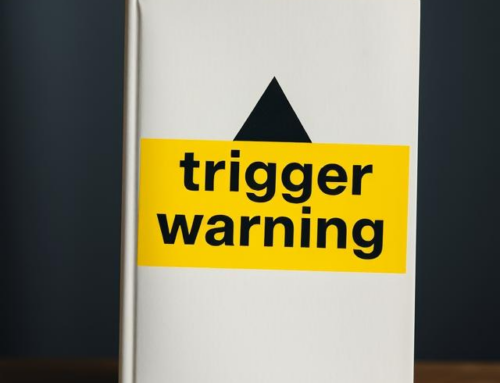

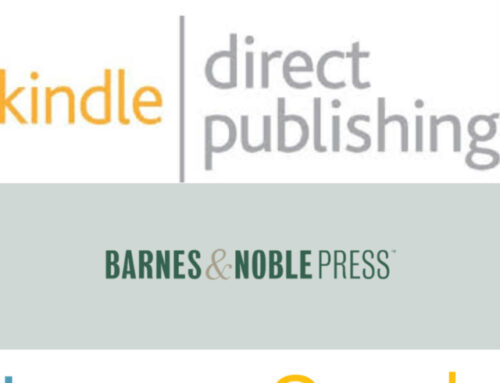

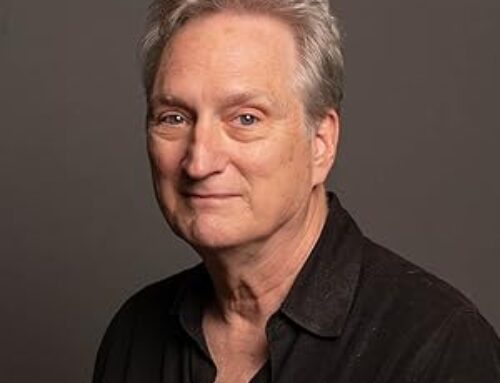



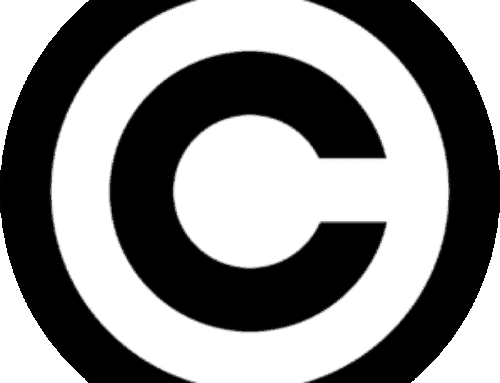




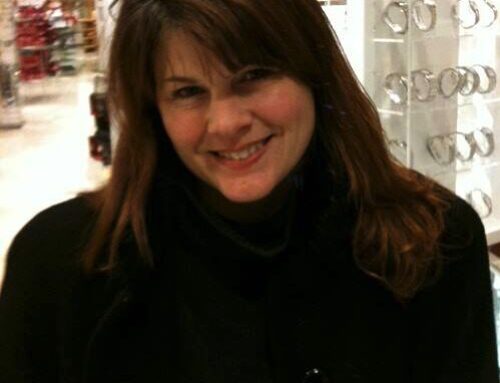





You can sell your book at http://www.selfpublishedbookstore.com. We are marketing and selling books through many avenues. Check out “Author’s Page”.
Ryan, your cover is remarkable. You emphasize “Big Box” and “The Wall” and don’t worry which is in the title or subtitle. One could say your real title is “Big Box The Wall.” And why not, given the subject? I hope you’re a success in your writing, and I also hope you’ll let us know what reactions you get from your unique cover.
Thanks Ron. I wanted “The Wall” to be a wall on the cover with the word “managing” behind it. This book, like I said in the interview was a learning experience and I feel more confident now with this second one (A Few Simple Things). I don’t think the first book is bad, but think the second will be better!
Thanks again Ron. – Ryan
I don’t mean to rain on your parade, but…
I find the title and cover confusing. You are using two dominant terms which seem to be two titles, but neither is clear, and they fight each other.
People who work in retailing know that a big box is a store like Walmart, BestBuy or Home Depot — but non-retailers may not understand the jargon. The image of the box is so literal that it makes the box in the title real, not metaphorical.
I own lots of books about retailing, but your cover does nothing to make me want to buy it.
I wish you chose something “Lessons in Leadership from Big Box Retailing” or “What I learned at Walmart” or “Why a Walmart Education is Bad for Future Leaders.”
“Managing Behind the Wall” means nothing without a subtitle to explain it.
A title which requires an explanation is a bad title. When I showed early copies of my first self-pubbed books to people, it quickly became obvious that they did not “get” the title, and I revised it.
I saw your book PDF on CreateSpace.com. You made some fundamental design errors.
In the USA, book text almost always uses a serif type face. Yours is sans serif. Justified type needs hyphens to avoid ugly word spacing, widows and orphans. You did not hyphenate. Padding the book with two pages containing nothing but drawings of leafs is silly. Your margins are too large. You need more space above subheads, but don’t need extra spaces between paragraphs. You should have hired a designer with book experience, or at least done more research before formatting by yourself.
I’m glad that you had an editor, but you or he should have known that there is an apostrophe in “McDonalds.”
Every book you write and publish is a learning experience. Keep at it.
Michael N. Marcus
— http://www.BookMakingBlog.blogspot.com
— http://www.Self-Pub.info
— http://www.GoodBadAndUglyBooks.com (reviews of books for writers)
— Create Better Books, with the Silver Sands Publishing Series: http://www.silversandsbooks.com/booksaboutpublishing.html
— “Stories I’d Tell My Children (but maybe not until they’re adults),” http://www.amazon.com/dp/0981661750
Michael –
Thanks for the feedback. I’m looking for exactly the type of feedback you offer to improve my performance on the next title. Titles are a funny thing. We kicked around several different title ideas and landed on the one we did. We wanted a title and subtitle that would invoke questions (what is this about?).
I am going with a different format than I did previously in the next book, but feel that a lot of the issues you bring to light are only crucial to a small part of the audience. The ideas are the main focus of the book, not the spacing, hyphens (or lack thereof), and “silly leafs.” I would have hired a designer, but for someone on a budget and who has no experience I don’t think it turned out too bad. The experience I did gain from this first book will help me on the next. And I’ll remember to put an apostrophe in “McDonalds” for you my friend.
Thank you – Ryan
]]We wanted a title and subtitle that would invoke questions (what is this about?).[[
That can be dangerous for a publisher. A book cover is not a quiz show. Don’t make it difficult for people to decide whether or not to spend money — especially if a competing publisher makes it easy to spend money.
Also, your book title should contain the important key words and phrases that potential buyers will search for. People who Google “wall” are probably not your customers. They are likely more interested in the Berlin Wall or the Great Wall of China or even home building, than in leadership.
Think of search terms. “Management” is probably better than “managing.”
]]The ideas are the main focus of the book, not the spacing, hyphens (or lack thereof), and “silly leafs.”[[
I would never say that page formatting should be the main focus of a book — but it should be an _important_ focus. You cant separate your message from its medium. People see pages before they read the words on it. A page with bad word spacing is ugly and uninviting.
A do-it-yourself publisher has to compete against the professionals, and has to overcome prejudices against self-publishing.
That’s why a self-pubbed book has to look as good as one from the traditional publishers. Readers, reviewers and booksellers pay attention to the way a book is constructed, not just to the ideas.
You don’t have to hire a designer, but you can buy books about design. Some are at http://www.goodbadanduglybooks.com/design.html
BTW, there’s no reason why you can’t reissue your “wall” book with a new title, new interior and new ISBN. That’s one of the big benefits of self-publishing. If your message is valid, don’t give up on it.
Thanks my friend. We discussed using the word “Wal-Mart” in the title as a way to draw interest, but I didn’t know all the potential legal implications (especially since I am a previous employee). I’m working on another project now, but thought about re-releasing this title at a later date with some revisions, corrections, and a more fine-tuned interior/cover. I may even explore a title change. As you said, we have the freedom as self-publishers.
I will seek some feedback from this community on my next book, closer to the publication date on the topics we have been discussing (I’ll post a link to a PDF of some of the material and cover).
I’ve been exploring your website and want to thank you for the resources you have there. Good stuff.
Thanks – Ryan – http://www.RYAN101.net